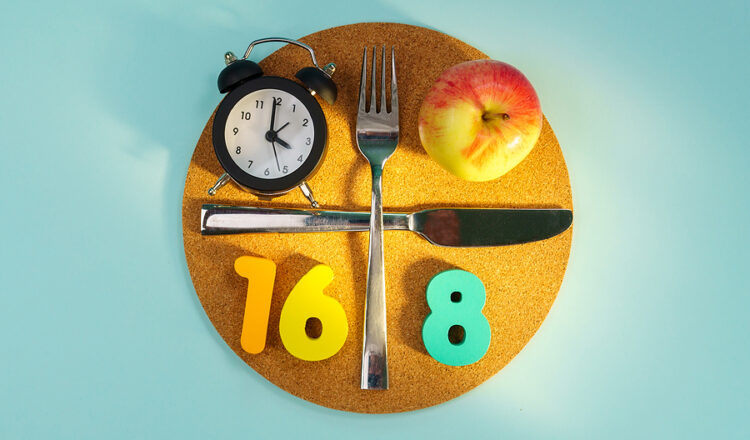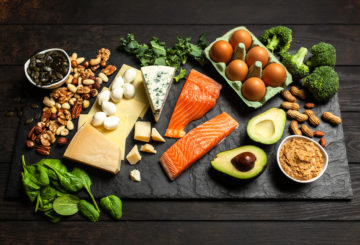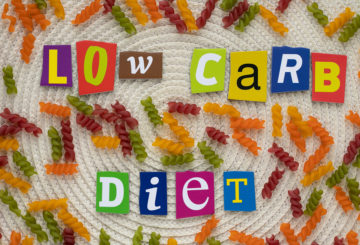Intermittent fasting 16:8 is a popular method of intermittent fasting. It involves cycling between periods of fasting and eating. The numbers 16:8 represent the fasting and eating periods within a 24-hour day.
Here’s how it works:
16:8 means you fast for 16 hours and have an eating window of 8 hours. During the fasting period, you abstain from consuming calories, but you can still drink water, tea, or black coffee. The eating window is the time when you consume all your daily calories and meals.

For example, if you start your fasting period at 8:00 PM and continue fasting until 12:00 PM the next day, you would have completed a 16-hour fast. Then, you have an 8-hour eating window from 12:00 PM to 8:00 PM, during which you can eat your meals for the day.
Creating a good meal plan depends on individual preferences, dietary requirements, and health goals. However, there’s a general and balanced meal plan that can serve as a good starting point:
Breakfast:
- Scrambled eggs with vegetables (spinach, bell peppers, tomatoes) and a slice of whole-grain toast.
- A serving of fresh fruits (e.g., berries, an apple, or a banana).
A cup of unsweetened Greek yogurt with a sprinkle of nuts and seeds.
Lunch:
- Grilled chicken or tofu salad with mixed greens, cucumber, avocado, and a light vinaigrette dressing.
- Quinoa or brown rice on the side.
Snack:
- A small handful of almonds or walnuts.
- A piece of fruit (e.g., an orange or a handful of berries).
Dinner:
- Baked salmon with steamed broccoli and roasted sweet potatoes.
- A side salad with olive oil and lemon dressing.
Evening Snack (optional):
- A small bowl of low-fat cottage cheese with sliced peaches or pineapple.
Notes:
- Make sure to drink plenty of water throughout the day.
- If you’re doing intermittent fasting (16:8), adjust the eating window to fit your schedule, and make sure to eat nutrient-dense foods during the eating period.
- Portion sizes can vary based on individual needs and activity levels.
- Consider consulting with a registered dietitian or nutritionist to personalize a meal plan tailored to your specific goals and health conditions.
Remember, the key to a good meal plan is balance, variety, and moderation. Including a mix of protein, healthy fats, complex carbohydrates, and a wide range of fruits and vegetables will help ensure you’re getting the essential nutrients your body needs to thrive. For more information, be sure to read, Benefits of Intermittent Fasting.



